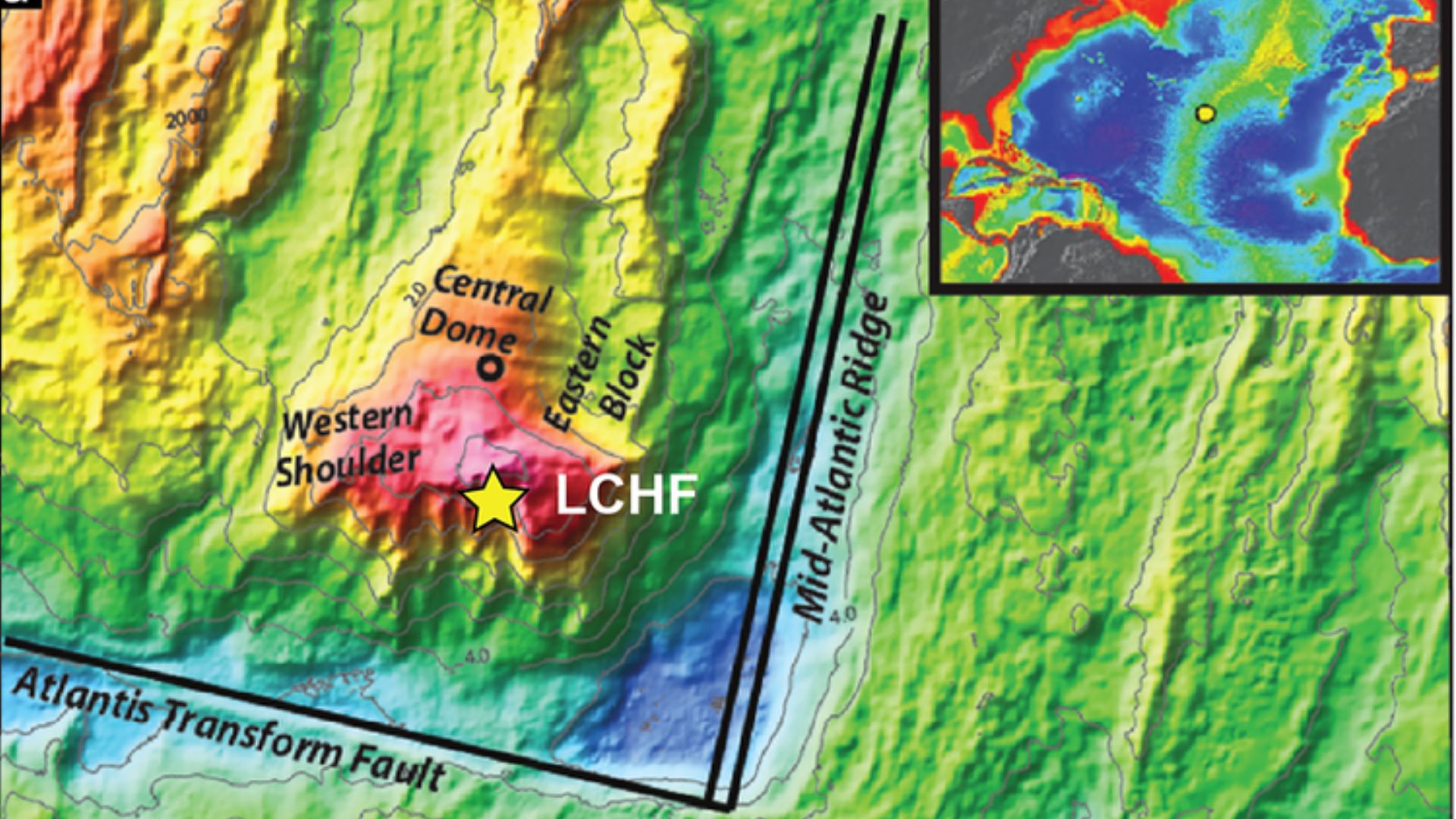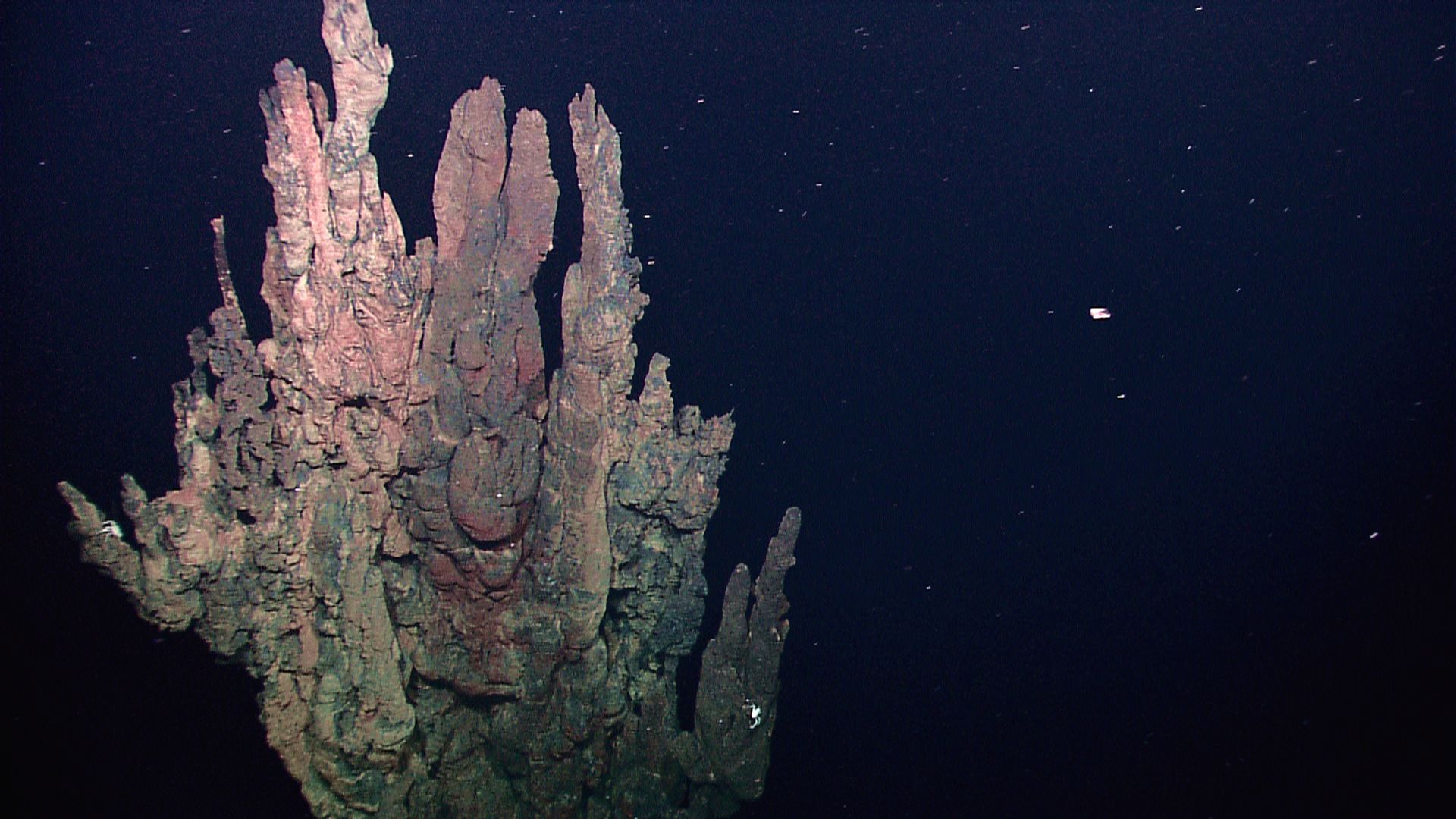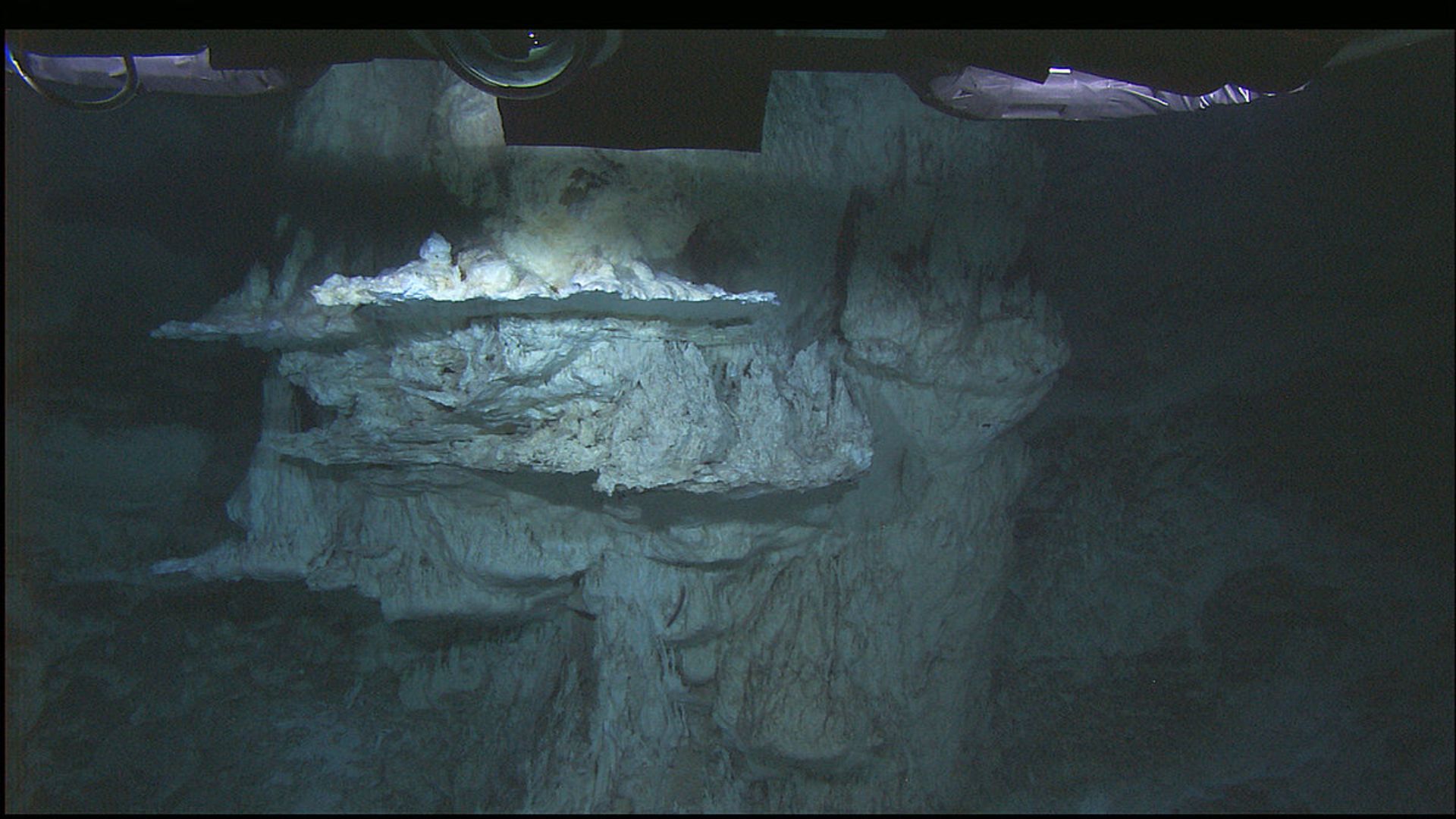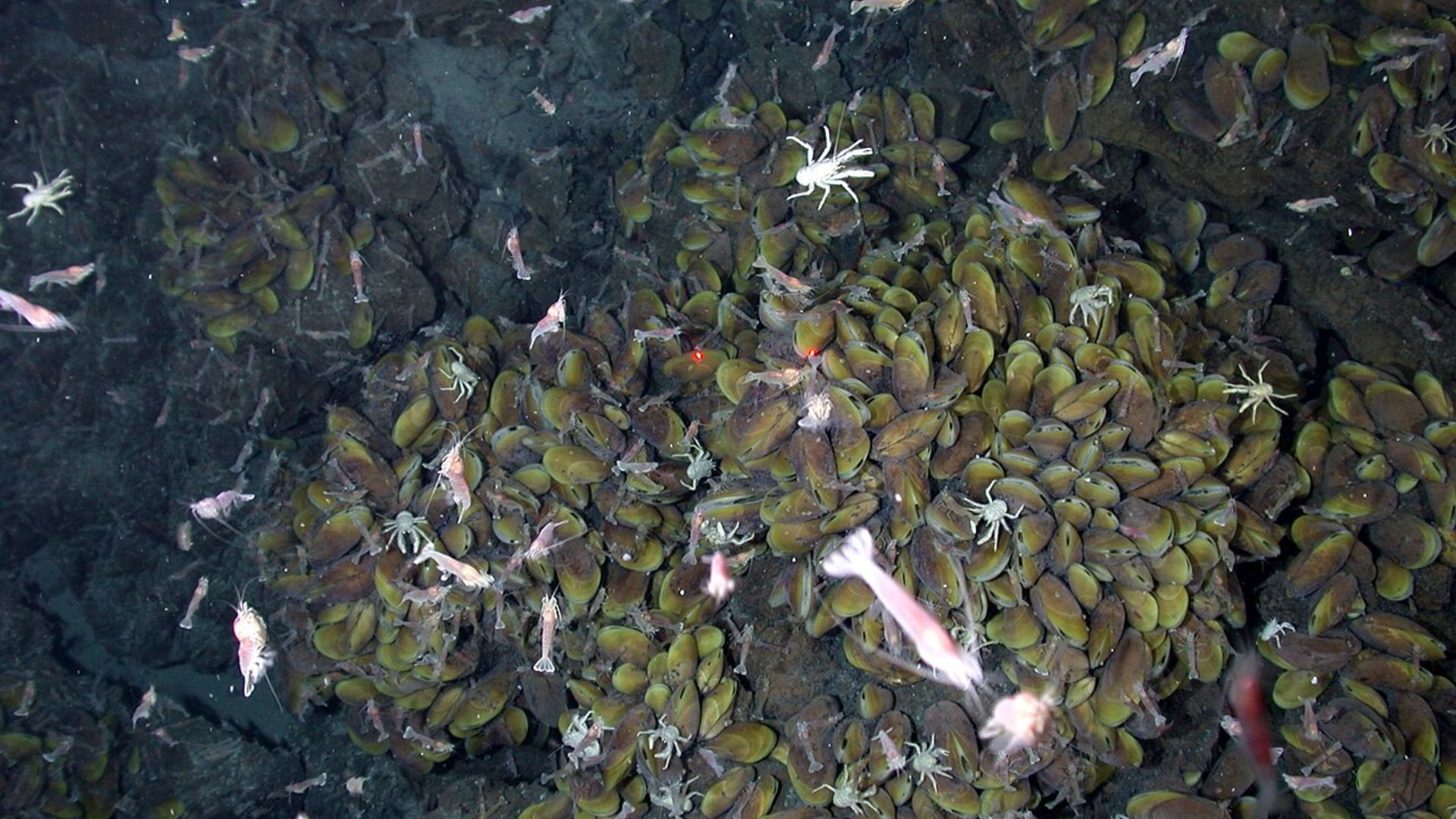‘Lost City’ of Towers Beneath the Surface of the Atlantic Ocean Stuns Researchers


The Lost City Hydrothermal Field, commonly referred to as the Lost City, is a fascinating world that lives between the Mid-Atlantic Ridge and the Atlantis Transform Fault in the Atlantic Ocean. This one-of-a-kind underwater city has mystified scientists and raised questions about the origins of life on Earth and other planets like it.
How The Lost City Was Discovered

Scientists first identified the Lost City in 2000 by the RV Atlantis research ship. The ship found the city and took photos and samples, as it was unlike anything they had ever seen before.
Further Exploration

From 2000 to 2018, more expeditions were launched to study and collect samples of the fascinating city adn the organisms that lived there. The 2018 expedition included many of the original researchers from the 2000 discovery. The mission’s main objective was to collect biological samples to research sources of energy for microbial life.
Why is it Called a City?

The Lost City is named for its collection of jagged towers that range from short stacks to enormous looming columns that reach 200 feet tall. The towers are made of carbonate walls and appear a spooky blue color when photographed.
What is a Hydrothermal Venting Environment?

A venting environment is a deep-sea area where hydrothermal vents release fluids with minerals from the Earth’s interior into the cold water. This creates an entire ecosystem that operates without sunlight.
A World Unlike Any Other

The Lost City Hydrothermal Field is the first and only discovery of its kind. Scientists theorize that it has been around for more than 120,000 years with a thriving ecosystem based on the large calcite vents. The cracks within the towers are filled with hydrogen, methane, and other dissolved gases that feed thriving communities of microbials.
Microbials May Be Evidence of Life on Other Planets

Hydrocarbons are the building blocks of life, and the way they have helped form a community of microbials in the Lost City makes scientists wonder about the possibility of similar environments on other planets, potentially even Mars.
World Heritage Site

Unfortunately, Poland won the rights to mine the deep sea near the Lost City in 2018. For this reason, some scientists are motivated to name the Lost City a World Heritage site to protect the fascinating environment.
Potential for Organisms to Survive in Extreme Conditions

Part of what makes the Lost City so extraordinary is how extreme the conditions are. Organisms shouldn’t be able to thrive there in the deep sea without sunlight. And yet, a world has thrived for potentially over 100,000 years.
Conclusion

Scientists hope to further explore the Lost City and find more insights about how microorganisms can thrive in seemingly uninhabitable environments. This will provide more context to an organism’s ability to survive and thrive in extremely difficult environments.